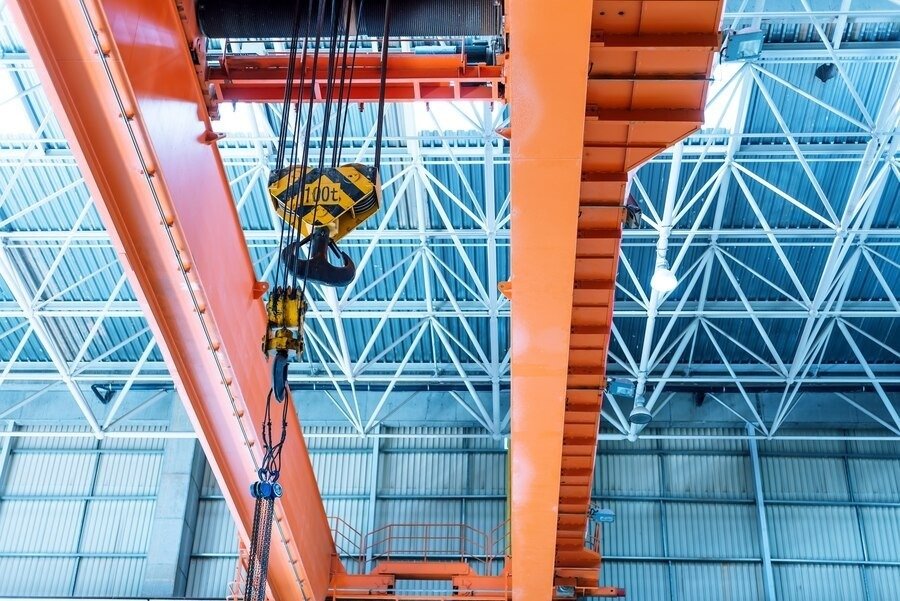Cranes are powerful machines essential for lifting heavy loads on construction sites. But with great power comes great responsibility. Improper use of cranes can lead to severe accidents, property damage, and legal consequences.
At LiftEdge Handling, we prioritize safety and compliance with every crane you buy or operate. If you’re working with cranes, it’s crucial to understand the key safety regulations to keep your crew—and your project—secure.
1. Only Certified Operators Should Use Cranes
According to OSHA (Occupational Safety and Health Administration) and Indian safety norms, only trained and certified personnel are allowed to operate cranes.
Operator Requirements:
- Must be medically fit
- Must have formal training and hands-on experience
- Certification from recognized training institutions (e.g., NSDC, ITI, or company-authorized programs)
2. Conduct Pre-Operation Inspections
Before operating any crane, a thorough daily inspection is mandatory.
Inspect:
- Wire ropes, hooks, and slings
- Brakes, gears, and hydraulic systems
- Controls and safety devices
- Load indicators and alarms
All issues must be reported and resolved before use.
3. Never Exceed Load Limits
Every crane has a safe working load (SWL). Overloading is one of the leading causes of crane failures.
Operators must:
- Use load charts specific to the crane model
- Consider boom angle, radius, and wind conditions
- Use rated slings and shackles
Even a small miscalculation can result in tipping or collapse.
4. Maintain a Clear Work Zone
According to safety norms:
- No unauthorized personnel should be within the swing radius
- Set up barriers and warning signs
- Avoid lifting over occupied areas
Keep communication open between the crane operator and the ground crew using radios or signal persons.
5. Watch for Overhead Hazards
Cranes must be operated at a safe distance from power lines, as required by Indian safety standards (minimum 3–6 meters depending on voltage).
Also check for:
- Antennas
- Buildings
- Trees or other cranes
Tip: Always use a spotter when maneuvering in congested areas.
6. Follow Manufacturer Guidelines
Every crane is different. Follow:
- Manufacturer’s manual for operations, maintenance, and load charts
- Site-specific safety plans
- Local municipal or construction authority guidelines
LiftEdge Handling provides full manuals and training with each crane buying.

